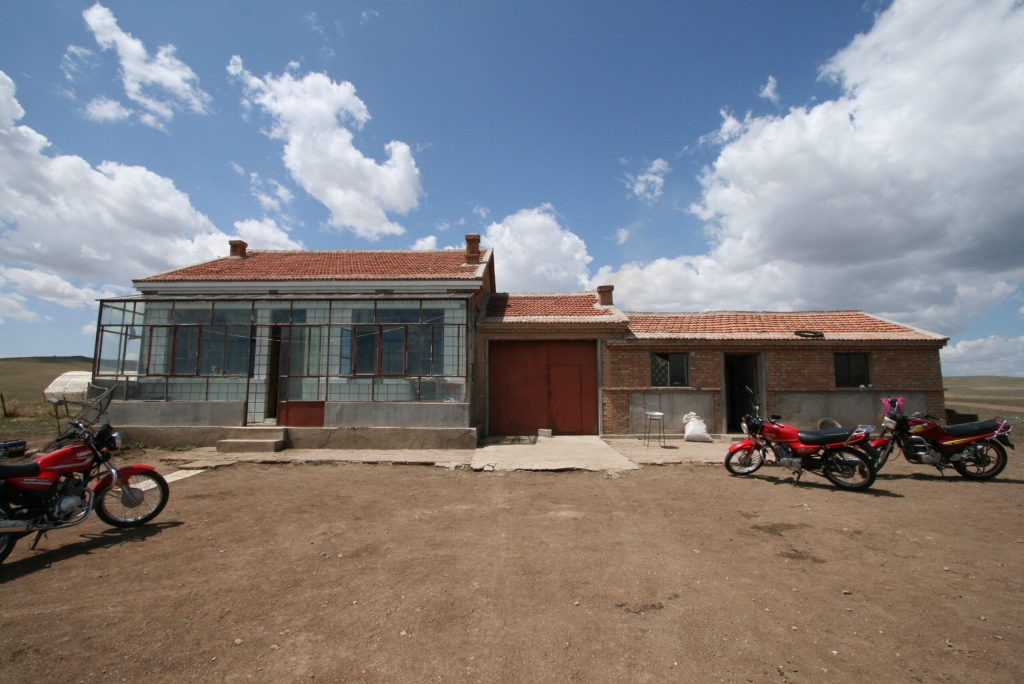Home is where the heart is, and a well-designed home is key for well-being. For Associate Professor Rie Nomura (Laboratory of Architecture and Planning, Graduate School of Engineering), every society needs to recognize this fundamental aspect of human life, and contribute to the improvement of human lives through architecture and urban planning. Nomura conducts and supports research in different places on earth, particularly in Inner Mongolia (China) and Japan.
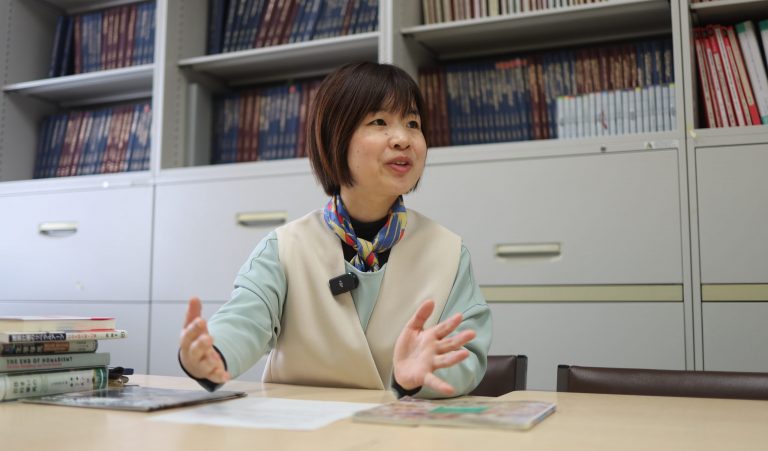
The Inner Mongolia Autonomous Region (also called the Inner Mongolia) is a part of the People’s Republic of China, located in the northern part of the country. The region borders the countries of Mongolia and Russia. Nomura pointed out the existence of Mongolian pastoral culture in the three countries and that each country’s social condition shapes different lifestyles across national borders. Nomura’s research focuses on the residential style of Inner Mongolian pastoralists.
Ger (or yurt) is a felt tent, the traditional style of dwelling structure of people in Inner Asia, including the Mongolian pastoralists. School textbooks often portray traditional images of Mongol herders living nomadically, moving their gers and entire livestock herds from one place to another. Nomura revealed that such depictions no longer reflect the actual situation in Inner Mongolia, which has seen major demographic transformations.
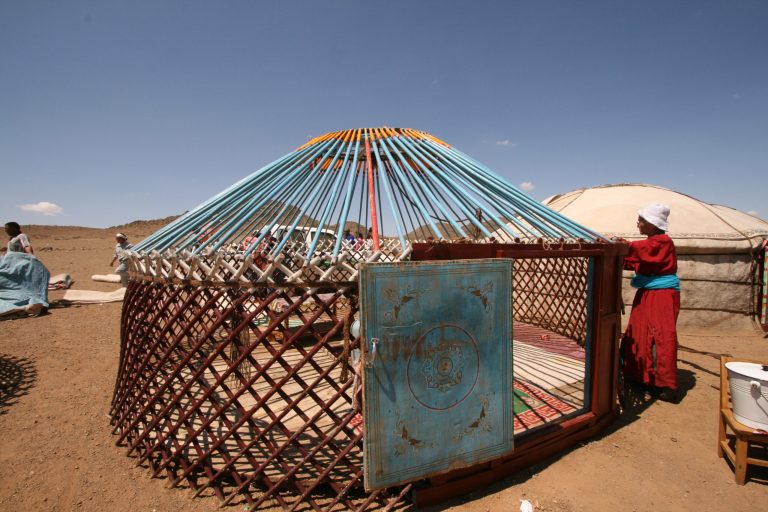
“With the exception of areas with deeply rooted agricultural influence, nomadic pastoral families are now almost non-existent in Inner Mongolia. Most people live in permanent housing,” Nomura revealed. “This transformation can be traced back to the Chinese Economic Reform in 1978. Adding to that, in some places, an eco-environmental policy imposed in the beginning of the 21st century has limited the extent of livestock grazing or banned grazing in some places. Consequently, there has been a major shift of ger-use.”
As Nomura elaborated, policies have transformed the general functionality of gers in Inner Mongolia. During the transition to a fully urbanized settlement, pastoralists still use gers simply as temporary tents during cattle grazing while keeping their living base in a fixed-house, but even this temporal function has been shrinking. Other notable uses for gers are as symbols of traditional culture for special events and tourism. Nomura’s ongoing research seeks to help create practical functions of gers for the purpose of cultural preservation.
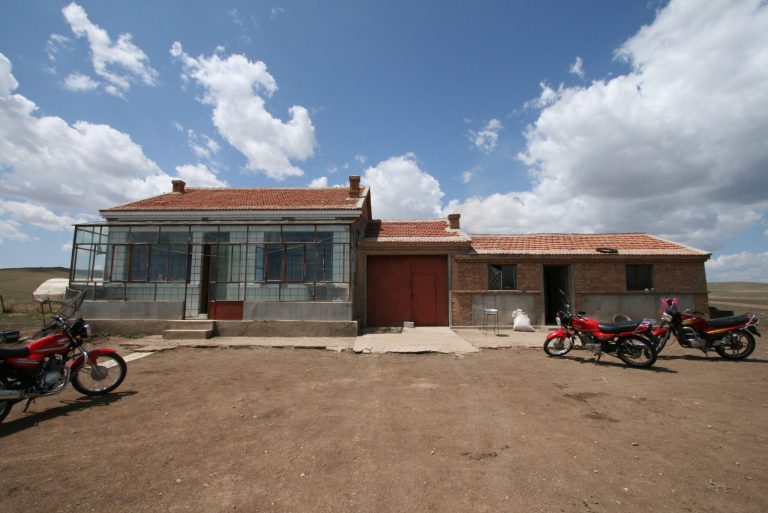
In Japan, Nomura’s interest largely focuses on residents in cold regions such as Nagano and Hokkaido. According to Nomura, seasonal migration by residents in cold regions of Japan was actively practiced until the beginning of the 20th century, when the custom started to decline, though it is still being practiced. During the unbearable and harsh winters, residents relocate from their respective houses to a communal place such as a repurposed school building or public houses constructed by the municipality.
“It is only rational that people would avoid staying in a freezing place, seeking warmth by living communally. There is less worry about health, safety, and utilities. On the other hand, it is also equally rational that some people are hesitant to leave the place that they are used to living in,” noted Nomura.
Nomura added that such relocation can impose physical and psychological burdens onto some people, especially to elderly people. Not everyone can quickly adapt to a new environment with new people. The same behaviors are also often observed in disaster evacuation shelters. By taking into account these problems, Nomura and the laboratory members are currently working on some projects on the refurbishings of old public housings in several small municipalities in Hokkaido.
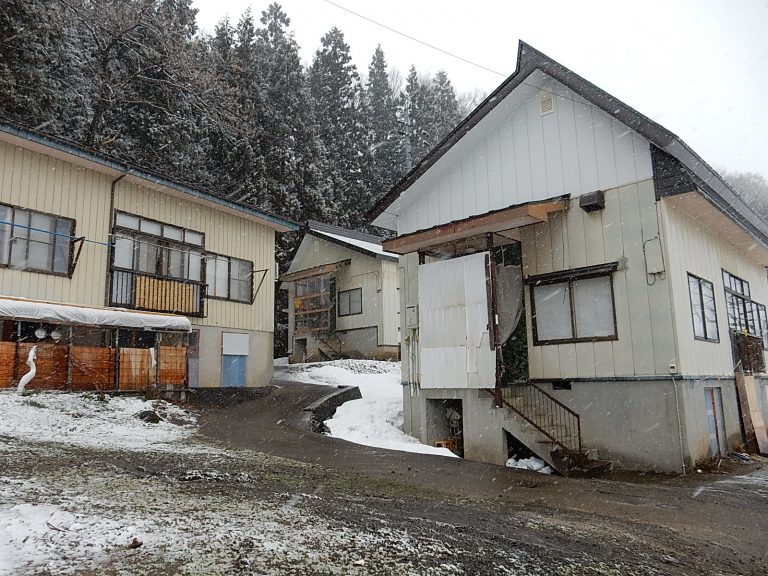
Nomura is delighted with the research and project opportunities presented by the laboratory’s international students from different countries. She realized that although each country faces different specific problems, fundamentally, there are issues that are common to all societies in the world.
“Let us take the issue of the aging population as an example. This is not an issue concerning just countries with smaller populations. We also need to anticipate what will happen when countries with a population boom, like India, face an aging society. There will be a significant number of elderly people. To make the matter worse, a densely packed population begets issues like sanitary and accessibility; so, urban planning will be an even more pressing matter. Architecture and planning can help solve these problems,” said Nomura.
Researcher’s contact details
Rie Nomura
Associate Professor
Laboratory of Architecture and Planning
Graduate School of Engineering


